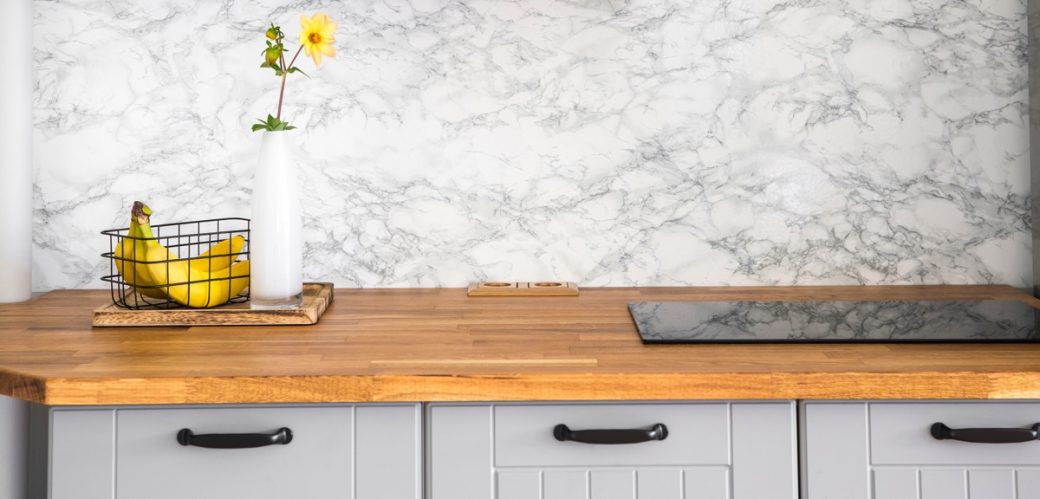Mildew on bath tiles is a common problem that many homeowners face. This fungal growth thrives in damp, warm environments, making bathrooms—especially those with poor ventilation—a prime location. Not only does mildew look unappealing, but it can also contribute to unpleasant odors and potential health issues. Fortunately, there are several effective strategies you can use to combat and reduce mildew on your bath tiles.
1. Improve Bathroom Ventilation
One of the most effective ways to prevent mildew is to ensure proper ventilation in your bathroom. Increased airflow reduces humidity levels, making it less likely for mildew to form.
- Use an Exhaust Fan: Install a high-quality exhaust fan that vents to the outside. Make sure to run it during and after showers or baths to remove excess moisture.
- Open Windows: If possible, open windows to let fresh air circulate and help lower humidity levels.
- Dehumidifiers: Consider using a portable dehumidifier to control moisture levels, especially in bathrooms without windows.
2. Regular Cleaning
Regular cleaning is crucial to keeping mildew at bay. Develop a cleaning routine that focuses on areas prone to mildew growth.
- Use a Mildew-Resistant Cleaner: Opt for a bathroom cleaner specifically designed to fight mildew. Products with ingredients like bleach or hydrogen peroxide can be particularly effective.
- Clean Grout Lines: Mildew often accumulates in grout lines. Scrub these areas with a brush or an old toothbrush dipped in a cleaning solution to remove mildew and dirt.
- Wipe Down Surfaces: After bathing or showering, wipe down tiles and grout with a squeegee or towel to remove excess moisture.
3. Address Leaks and Water Issues
Leaks and persistent water issues can contribute to mildew growth. Addressing these problems is crucial for long-term prevention.
- Fix Leaks Promptly: Check for and repair any leaks in pipes, faucets, or showerheads. Even small leaks can contribute to a damp environment.
- Check for Water Damage: Inspect the area around your bath tiles for signs of water damage. Replace any damaged caulking or grout to maintain a watertight seal.
4. Use Mildew-Resistant Products
Investing in mildew-resistant products can make a significant difference in maintaining a clean and mildew-free bathroom.
- Mildew-Resistant Caulk: Use mildew-resistant caulk to seal gaps between reduce mildew on bath tiles and other surfaces. This can help prevent water from seeping into areas where mildew can grow.
- Water-Repellent Sealants: Apply water-repellent sealants to your tiles and grout to create a protective barrier that reduces moisture absorption.
5. Regularly Inspect and Maintain
Routine inspection and maintenance can help you catch and address mildew problems before they become severe.
- Check for Mold Growth: Regularly inspect your bathroom for early signs of mold or mildew. Address any issues immediately to prevent them from spreading.
- Replace Damaged Materials: If you notice any damaged tiles or grout, replace them promptly to prevent moisture from seeping behind the tiles and creating a breeding ground for mildew.
6. Natural Remedies
For those who prefer natural solutions, several remedies can help reduce mildew on bath tiles.
- Vinegar Solution: Mix equal parts white vinegar and water in a spray bottle. Spray the solution on affected areas, let it sit for 10-15 minutes, then scrub and rinse. Vinegar is a natural disinfectant and can help kill mildew spores.
- Baking Soda Paste: Create a paste using baking soda and water. Apply it to mildew-affected areas, scrub with a brush, then rinse thoroughly. Baking soda is a mild abrasive that helps remove mildew stains.
Conclusion
By implementing these strategies, you can significantly reduce mildew on your bath tiles and maintain a cleaner, healthier bathroom environment. Improving ventilation, regular cleaning, addressing water issues, using mildew-resistant products, and performing routine inspections are key steps in preventing and managing mildew. Whether you opt for conventional cleaning products or natural remedies, consistent effort and maintenance will keep your bathroom looking fresh and mildew-free.

